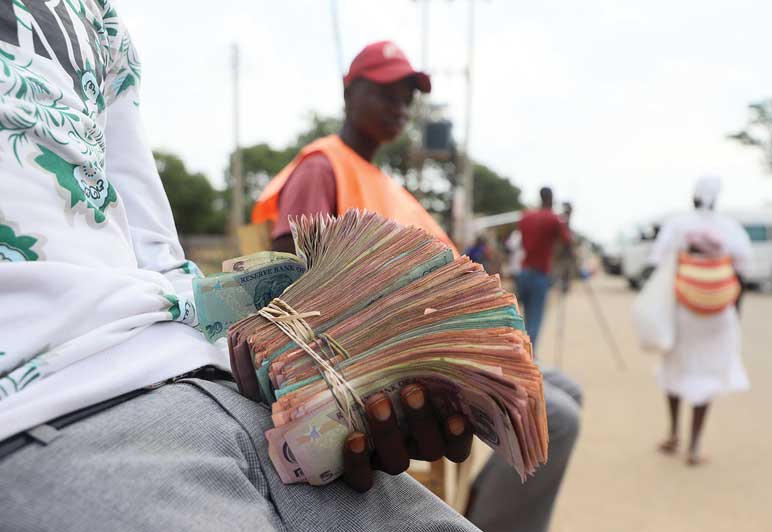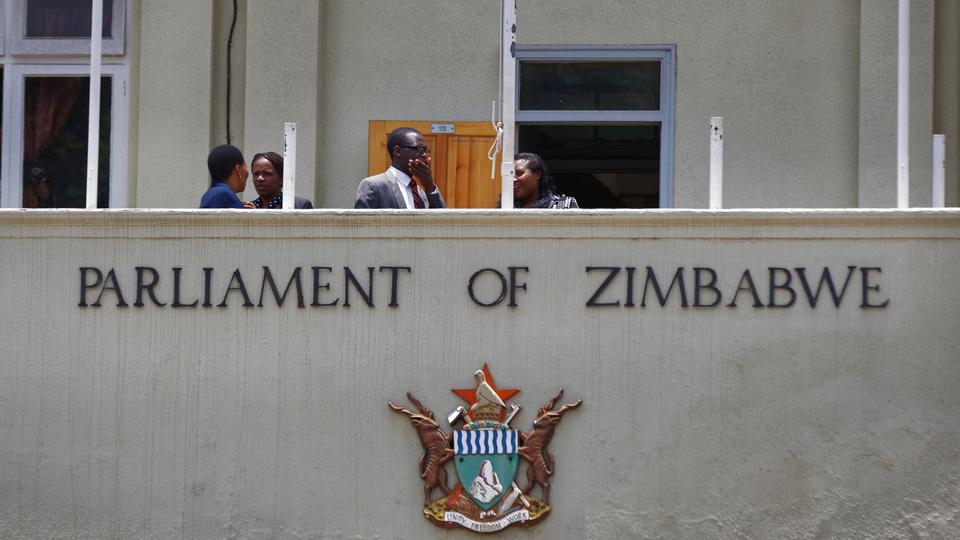
BY MTHANDAZO NYONI
DIVERSIFIED financial services group Old Mutual Investment believes an official dollarisation of the local economy is “unlikely in the near term” despite current factors pointing towards that direction.
Government reintroduced the local currency in 2019 after a decade of dollarisation, but the local currency has since then been heavily eroded by inflation due to low confidence, leading to a thriving parallel market.
The ever weakening Zimbabwe dollar has resulted in, for instance, teachers declaring incapacitation in February. In response, government increased their salaries by 20% backdated to January 1 and has since converted part of their salaries to US$100 on top of a US$75 COVID-19 allowance they have been receiving, a move many see as a sign of a redollarising economy.
“The move by government to partly remunerate civil servants in US dollars will likely neutralise the policy measures introduced by both monetary and fiscal authorities to promote the use of the local currency,” the investment group said in its latest monthly economic brief.
“It also signals redollarisation of the economy at a time policymakers are driving the dedollarisation agenda. High inflation expectations are likely to further drive demand for the US dollar at the expense of the local currency, thereby increasing the level of dollarisation. This notwithstanding, official dollarisation is unlikely in the near term.”
Last week, Econet Wireless launched “Smart US dollar bundles” that allow its customers to purchase airtime, data and SMS products in US dollars, another indication that the local currency is continuing to weaken as it loses value against hard currencies, especially the US dollar at a time when the parallel market rate has already breached the $300 mark.
Meanwhile, government is charging passport and media accreditation fees, among many other services, in foreign currency, further denting confidence on the local currency.
- Chamisa under fire over US$120K donation
- Mavhunga puts DeMbare into Chibuku quarterfinals
- Pension funds bet on Cabora Bassa oilfields
- Councils defy govt fire tender directive
Keep Reading
A new $100 bank note launched last week has already received a thumbs down after prices of basic commodities such as bread and mealie-meal spiked upwards. One needs three of the mint $100 note to buy a loaf of bread which is retailing at between $280 and $300.
Bread prices almost mirror the Zimdollar’s exchange rate on the parallel market, on which it is trading at between $300 and $350 against the greenback.
The $100 is almost equal to US$0,67 using the official exchange rate and only US$0,35 on the black market.
In March, annual inflation reached 72,70%.
In the outlook, Old Mutual said global inflation threatens to cause an upsurge in local currency and US dollar prices in the economy.
“This will ostensibly squeeze disposable incomes and likely depress aggregate demand in the near term. Agricultural output is now expected to be lower than prior year given the impact of adverse weather conditions,” it noted.
“This notwithstanding, economic growth is expected in 2022 on account of growth in the mining, construction, and services sectors.”
- Follow us on Twitter @NewsDayZimbabwe











